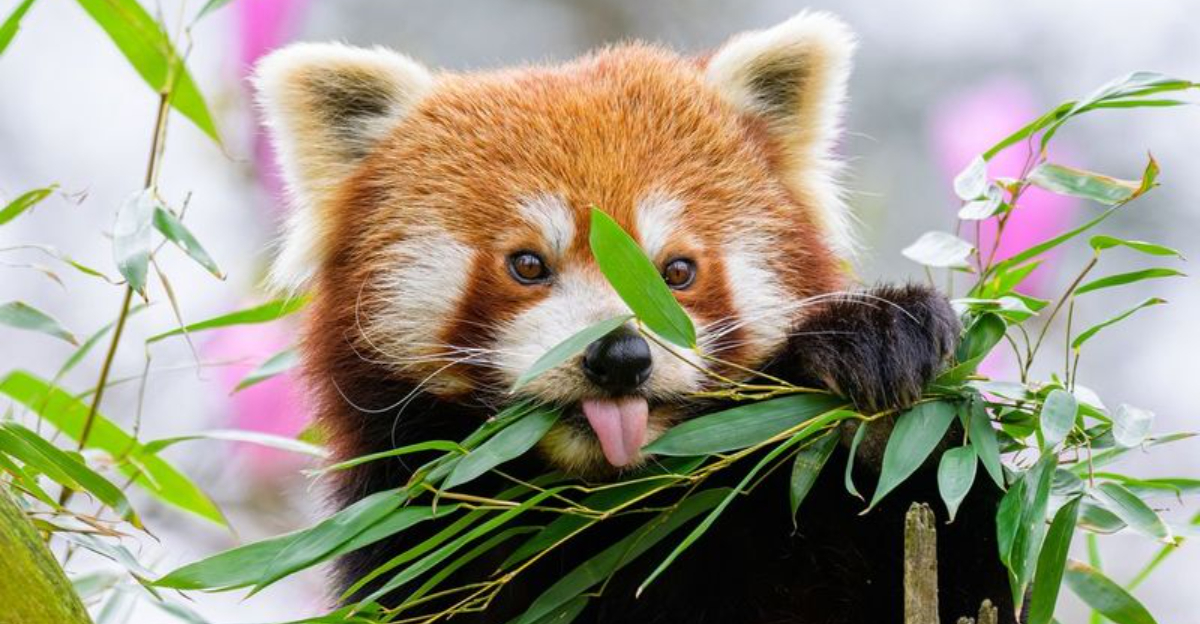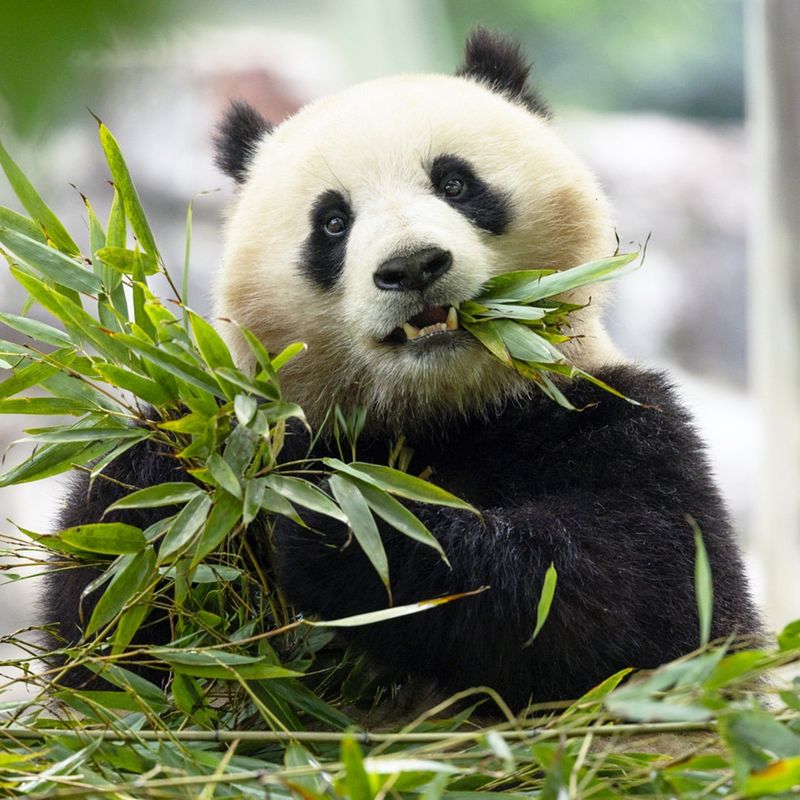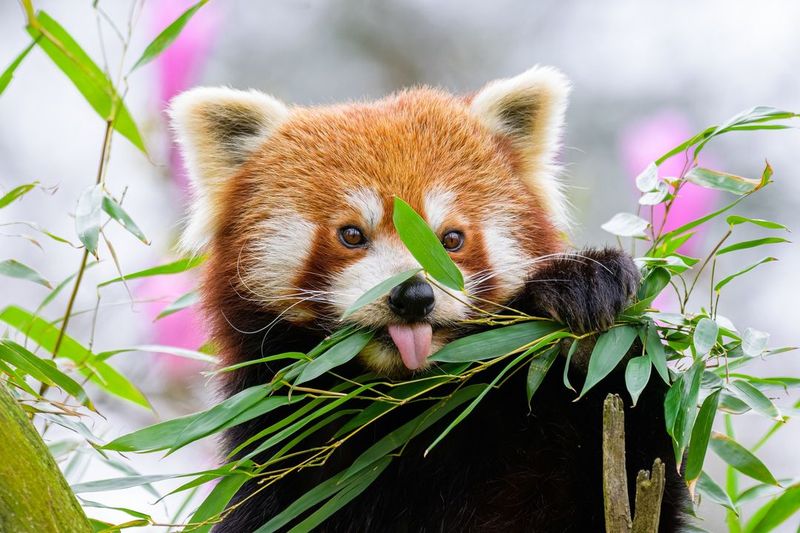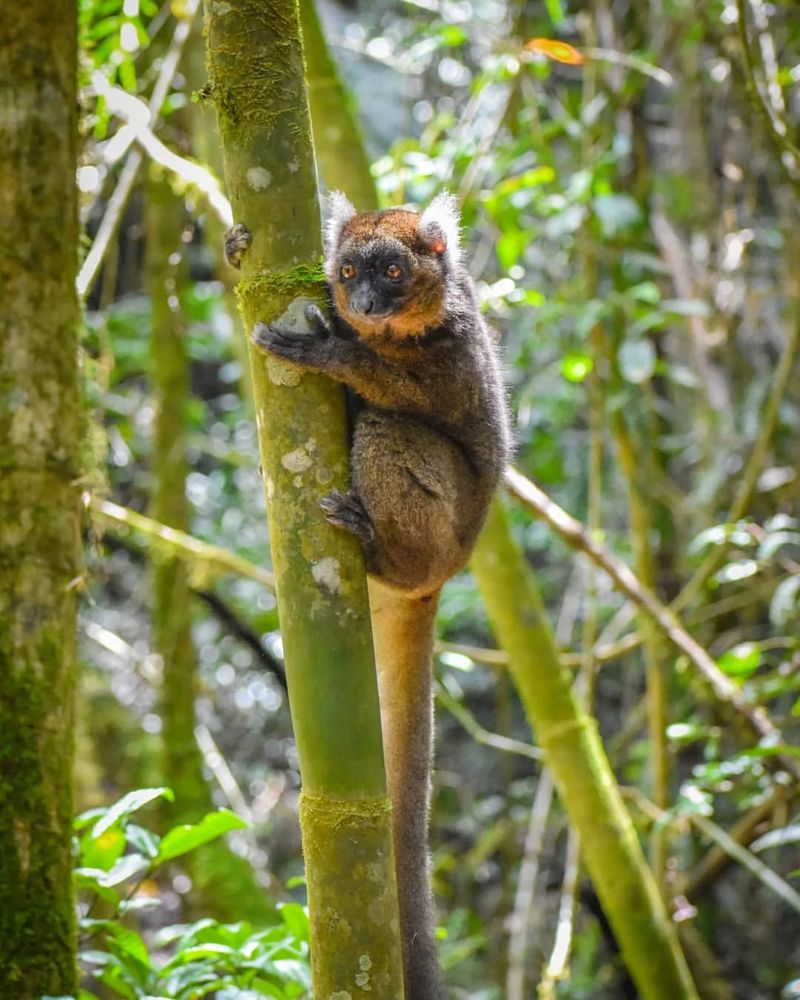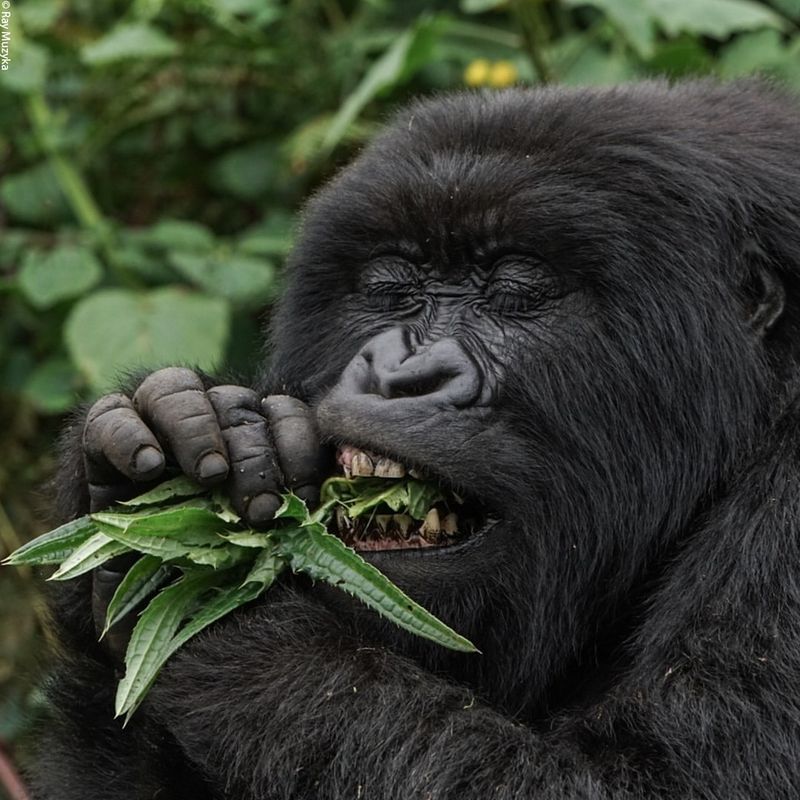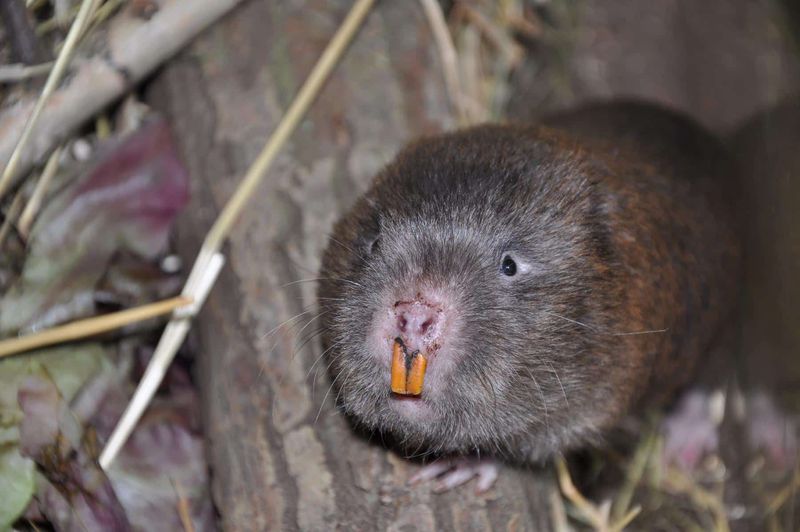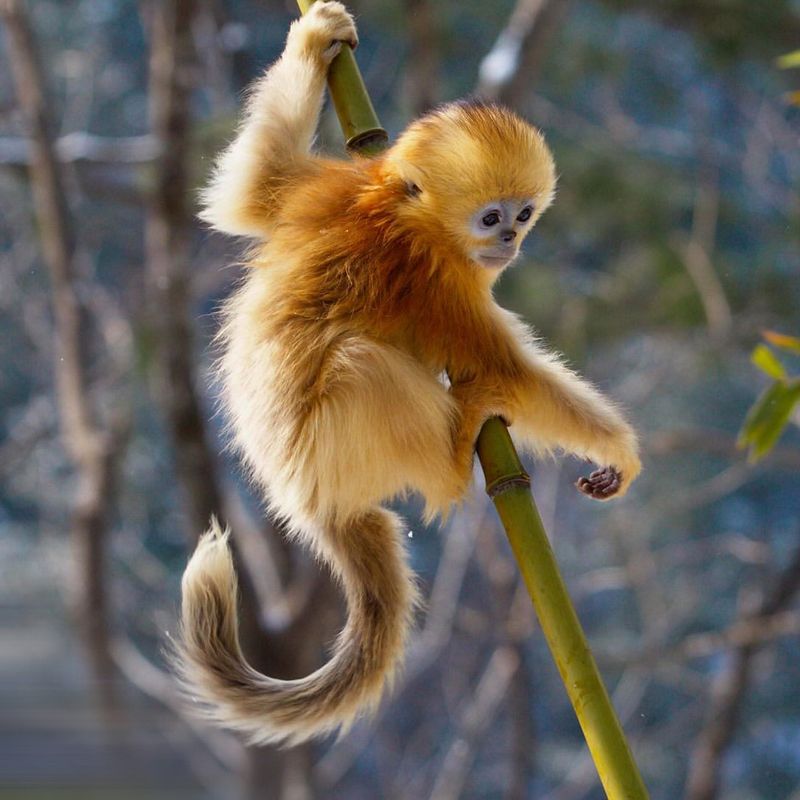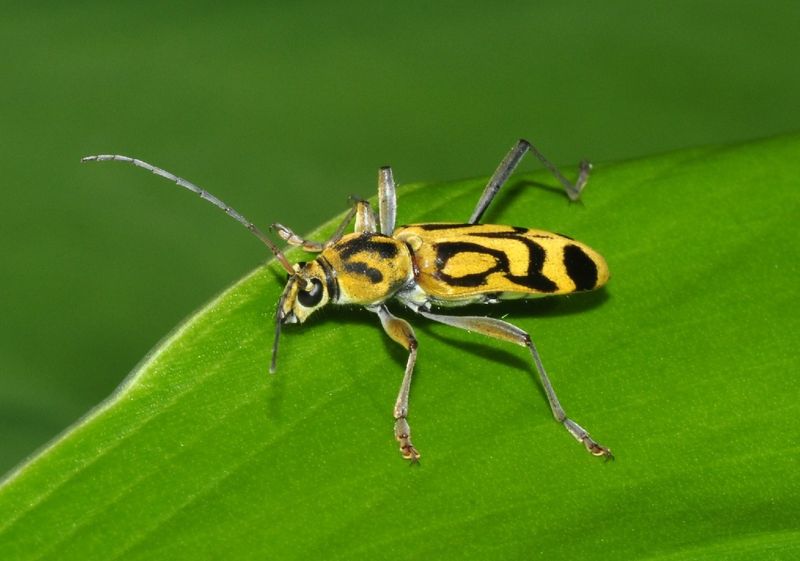📖 Table of Content:
Bamboo is an extraordinary plant that supports life far beyond its role in ecosystems. Known for its rapid growth and resilience, it serves as a vital resource for numerous animals. From towering forests to rugged mountain slopes, bamboo provides essential nourishment and shelter, sustaining unique species across the globe.
Among these creatures are specialists that have evolved to rely almost exclusively on bamboo for survival. Their adaptations, from specialized teeth to unique digestive systems, demonstrate the incredible ways animals can evolve to thrive in niche environments. These relationships highlight the intricate connections between plants and wildlife in maintaining ecological balance.
Let’s explore 7 fascinating animals that depend on bamboo as a primary food source. Each of these species showcases nature’s ingenuity and the vital role bamboo plays in their habitats. Their stories offer a glimpse into the remarkable adaptations that enable survival in diverse and challenging environments.
1. Giant Panda
Renowned as the most iconic bamboo eater, the giant panda thrives in the mountainous regions of China. With a diet composed almost entirely of bamboo, pandas consume various parts of the plant—leaves, stems, and shoots—to meet their nutritional needs.
Despite being classified as carnivores, these adorable creatures are adapted to a vegetarian diet. Their strong jaws and teeth help them crush bamboo efficiently. Although they spend most of their day eating, pandas also enjoy climbing trees and playing in the forest. Their reliance on bamboo makes them vulnerable to habitat loss.
2. Red Panda
Red pandas may share a name with the giant panda, but they are entirely different species. These small, raccoon-like animals inhabit the temperate forests of the Himalayas. A significant portion of their diet consists of bamboo, complemented by fruits, acorns, and small animals.
Red pandas are agile climbers, using their sharp claws to grasp bamboo branches. Their diet requires them to eat large quantities to meet their energy needs, as bamboo is low in nutrition. Observing these creatures in their natural habitat is a delightful experience for wildlife enthusiasts.
3. Bamboo Lemur
Found exclusively in Madagascar, bamboo lemurs are among the most specialized bamboo eaters. These unique primates rely heavily on bamboo, which constitutes the majority of their diet. Astonishingly, they can withstand cyanide levels in bamboo that would be lethal to most other animals. Social by nature, they are often observed foraging in groups, showcasing their fascinating adaptation to this challenging diet.
Their dietary specialization has led to a unique niche within their ecosystem. Conservation efforts are vital for their survival, as habitat destruction poses a significant threat. Watching bamboo lemurs feed is a testament to nature’s adaptability.
4. Mountain Gorilla
Residing in the forests of central Africa, mountain gorillas are gentle giants with a diverse diet that includes bamboo. While leaves, fruits, and other vegetation make up much of their meals, bamboo becomes a vital food source during specific seasons. Known for their complex social structure, these remarkable animals are truly fascinating to observe in their natural habitat.
Bamboo’s availability influences gorilla distribution, with families moving to areas abundant in this resource. Conservation efforts focus on protecting their habitat and ensuring bamboo availability, which is critical for their subsistence. Observing gorillas in the wild is an awe-inspiring experience.
5. Bamboo Rat
Lesser-known yet ecologically important, bamboo rats thrive in Southeast Asia, where they feed on bamboo roots and shoots. By keeping bamboo growth in check, these rodents play a crucial role in maintaining ecosystem balance. While not as charismatic as the panda, their contributions to their habitat’s health are equally significant.
Their burrowing behavior aids in soil aeration and nutrient cycling. Bamboo rats are often elusive and nocturnal, making them a rare sight. Despite their unassuming appearance, they are key players in maintaining the health of bamboo forests.
6. Golden Snub-nosed Monkey
Found in China’s mountainous bamboo forests, the golden snub-nosed monkey is a striking primate with vibrant fur that contrasts beautifully against the snowy landscape. Bamboo forms a major part of their diet, complemented by leaves and fruits. Highly social, these monkeys live in large groups that can sometimes number in the hundreds, showcasing their complex social structure.
Bamboo’s abundance is vital for their survival, especially during harsh winters. Sadly, these monkeys face threats from habitat loss and hunting. Conservation efforts focus on preserving their bamboo-rich environment, ensuring these vibrant creatures continue to thrive.
7. Bamboo Borer
Bamboo borers are insects that have an intimate relationship with bamboo. These beetles lay their eggs on bamboo, and the larvae feed on the plant, particularly the softer parts. Their relationship with bamboo is symbiotic, aiding in decomposition and nutrient cycling. Bamboo borers are essential for the ecosystem, although they can also pose a threat to bamboo health if populations are unchecked.
These beetles may not be well-known, but they play a crucial role in the life cycle of bamboo forests. Understanding their impact helps in managing bamboo growth sustainably.
